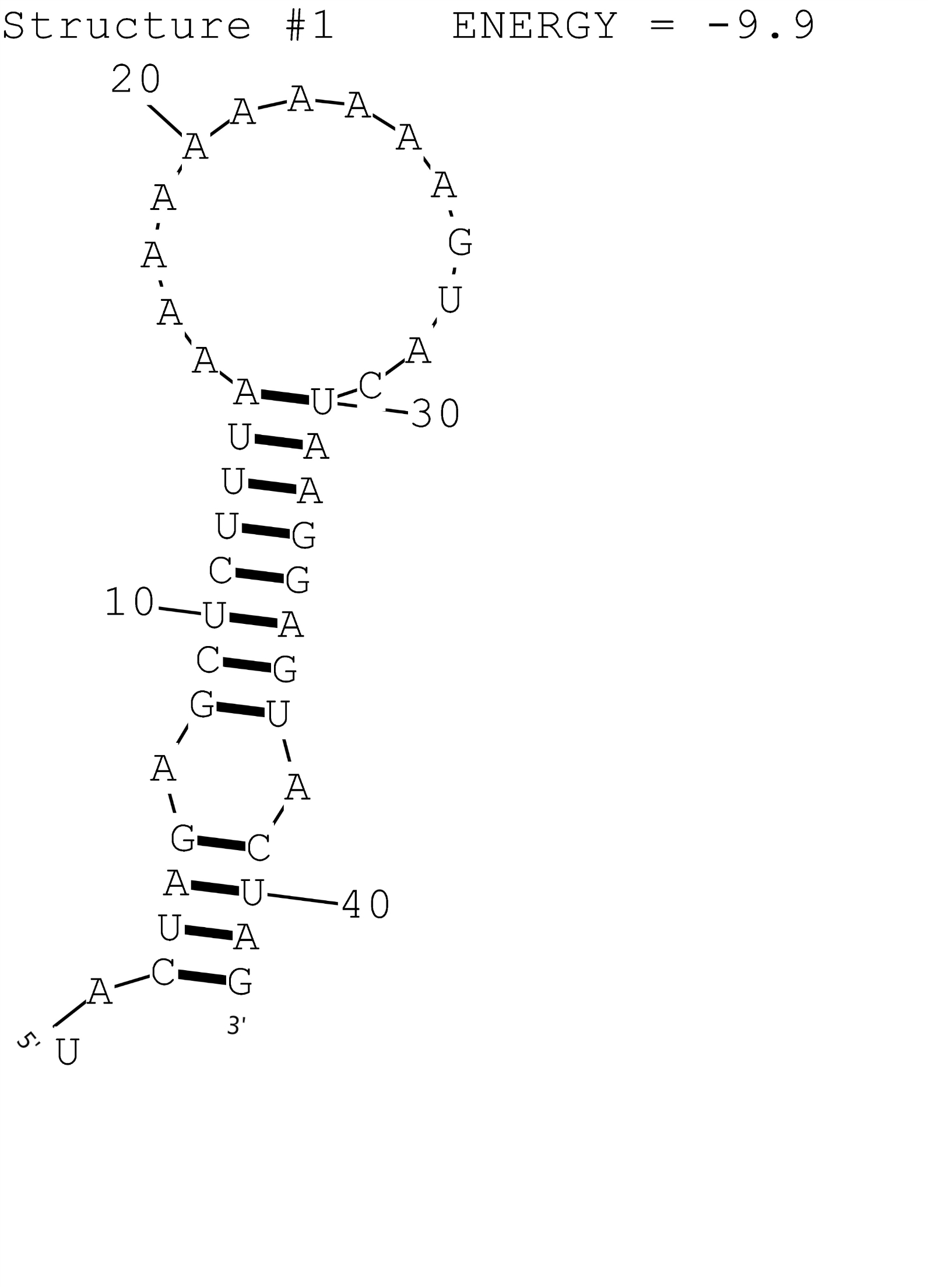Difference between revisions of "Part:BBa K1824003"
(→Characterization) |
|||
| (One intermediate revision by the same user not shown) | |||
| Line 11: | Line 11: | ||
===Characterization=== | ===Characterization=== | ||
[[File:pBad.jpg]] | [[File:pBad.jpg]] | ||
| + | <br>'''Figure 2:''' The fluorescence of pBad+A1 with different dilution ratio at 30℃ and 37℃(Control and Arabinose). | ||
| + | <br> | ||
| + | <br> | ||
| + | <br>eGFP protein was used as report protein to show the function of ribothermometer. The bacteria were centrifuged and observed under UV light by eyes directly. Then the bacteria were sonicated and plate reader was used to measure the fluorescence of eGFP. | ||
| + | <br>The result of A1 ribothermometer with pBad promoter is showed in Figure 2. The result is not optimistic. Except the result of ½ dilution ratio, all the fluorescence of the samples at 30℃ is higher than the fluorescence of the samples at 37℃. | ||
| + | <br>The unsatisfactory result of pBad+A1 may be because of the misleading during the disruption. | ||
Latest revision as of 13:06, 17 September 2015
pBAD + RNA Thermometer A1
This is a composite regulatory part that consisting of pBAD BBa_I13453 promoter and RNA Thermometer A1 BBa_K1824557 for temperature induced gene expression at 42 degrees. The possible secondary structure of A1 was simulated by RNAstructure (Fig.1). This combination is compatible with the assembly method that XJTLU-CHINA promoted.

Figure 1: Possible secondary structure of RNAT A1.
Characterization

Figure 2: The fluorescence of pBad+A1 with different dilution ratio at 30℃ and 37℃(Control and Arabinose).
eGFP protein was used as report protein to show the function of ribothermometer. The bacteria were centrifuged and observed under UV light by eyes directly. Then the bacteria were sonicated and plate reader was used to measure the fluorescence of eGFP.
The result of A1 ribothermometer with pBad promoter is showed in Figure 2. The result is not optimistic. Except the result of ½ dilution ratio, all the fluorescence of the samples at 30℃ is higher than the fluorescence of the samples at 37℃.
The unsatisfactory result of pBad+A1 may be because of the misleading during the disruption.
